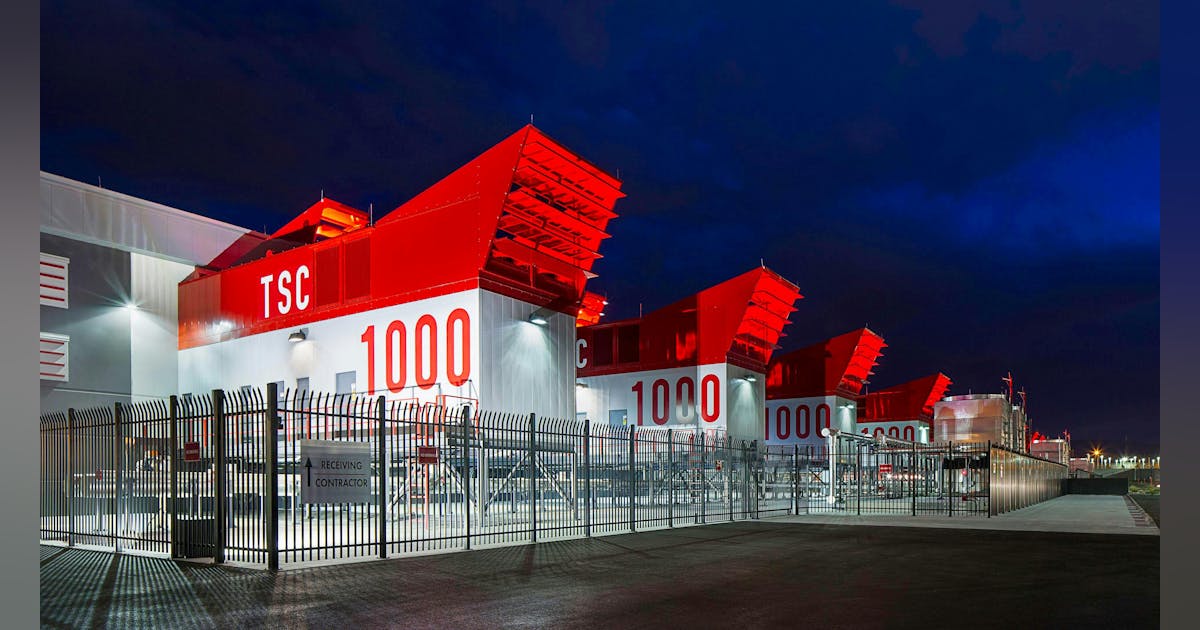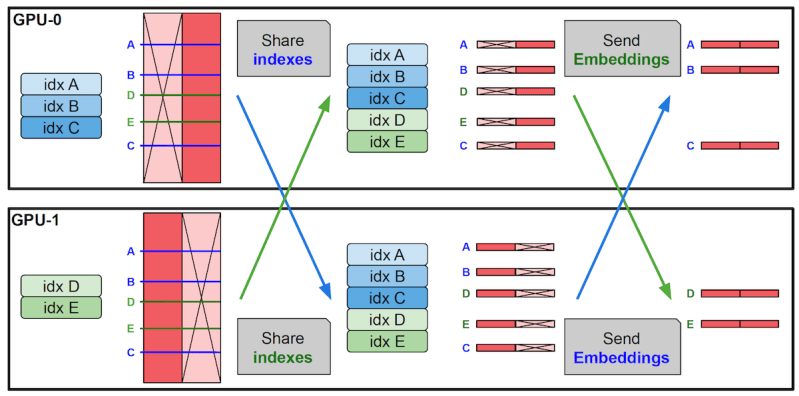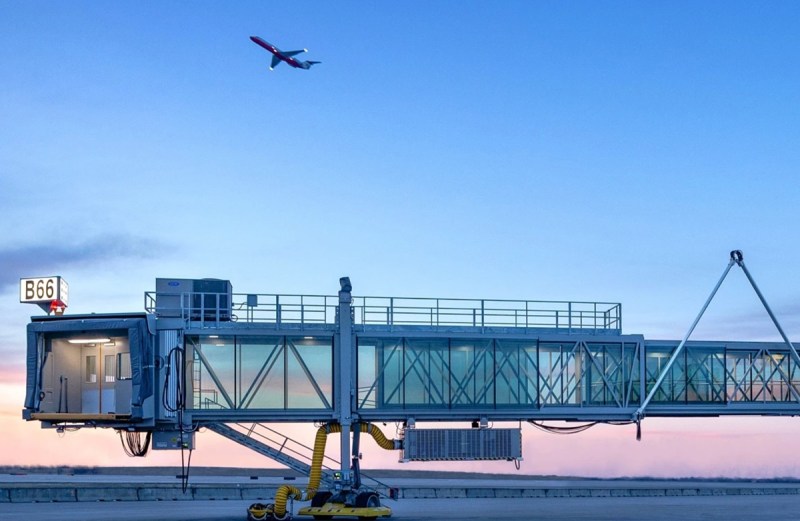Join our daily and weekly newsletters for the latest updates and exclusive content on industry-leading AI coverage. Learn More
Acer unveiled new models in its Acer Swift Go and Acer Aspire Vero laptop families with the latest components from Intel and AMD.
The Acer Swift Go 16 and Swift Go 14 laptops deliver the latest performance with up to Intel Core Ultra 9 processor 285H (Series 2), featuring Intel Arc graphics and onboard AI tools to deliver up to 99 total on-device AI TOPS.
Both laptops come with the option of a 3K OLED or 2K IPS touch display (16-inch and 14-inch, respectively) and they both have long battery life. They also include WiFi 7, a 1440p QHD webcam with three mics, a wide range of ports (including two USB Type-A ports), all wrapped up in a thin/light chassis. The Swift Go 14 has up to 1TB of storage. The Swift Go 16 provides up to 22.3 hours of video playback, while the Swift Go 14 provides up to 27.5 hours of video playback.
The Acer Swift Go 16 (SFG16-73/T) will be available in North America in April, starting at $950. And the Acer Swift Go 14 (SFG14-74/T) will be available in North America in May, starting at $900.

The Aspire Vero 16 (AV16-71P) laptop is committed to carbon neutrality throughout its lifecycle, based on its calculated carbon footprint offset. It features a chassis of which more than 70% is made from a blend of post-consumer recycled plastic and bio-based oyster shell material, and is made with an easy-to-repair design. A CES Innovation Award 2025 Honoree, the carbon-neutral Aspire Vero 16 is the world’s first laptop made with bio-based oyster shell material. I never thought I would see that.
The Vero 16 is powered by up to Intel Core Ultra 7 255H processors and provides up to 10.5 hours battery life. The 16-inch display brings clear, sharp images with 100% sRGB color gamut support and a wide aspect ratio thanks to slim bezels. Collaboration and security are enhanced with a high-resolution 1440P QHD webcam, privacy features, vital connectivity options in Wi-Fi 7, HDMI 2.1, DTS Audio and two Thunderbolt 4 ports. The laptop weighs 3.97 pounds and it has a 65-watt lithium ion battery.
The Acer Aspire Vero 16 (AV16-71P) will be available in North America in April, starting at $800.
The Acer Connect M6E 5G mobile Wi-Fi device, with sim card, virtual sim, and SignalScan technology support, provides high-speed 5G network access in over 135 countries, eliminating the hassle of weak signals and dropped connections.
The 8,000 mAh high-capacity battery supports fast-charging through a USB Type-C port, while users can enjoy up to 28 hours of uninterrupted high-speed internet connectivity.
The Acer Connect M6E 5G Mobile Wi-Fi device will be available in North America in Q1, starting at $250.
The Acer Wave D7 Wi-Fi Dongle delivers congestion-free Wi-Fi 7 speeds of up to 2,880 Mbps (6 GHz) with tri-band technology. With USB Type-A and a base with USB Type-C connector, flexible installation plus faster transfer speeds are possible through direct plug-and-play. The powerful dongle can support Wi-Fi 7 BE6500 combined throughput across all bands (2.4, 5, and 6 GHz). MLO+ multi-link switching minimizes network fluctuations and supports load balancing by connecting to two wireless access points simultaneously.
The Acer Wave D7 Wi-Fi Dongle will be available in North America in Q1, starting at $80.
AI models

In addition to the Swift Go models listed above, Acer has also launched the Swift Go 16 AI (SFG16-61/T) and Swift Go 14 AI (SFG14-64/T).
These new Copilot+ PCs deliver the latest AI capabilities powered by new AMD Ryzen AI 300 Series (Ryzen 7 350 or Ryzen 7 340) processors that deliver up to 50 NPU TOPS and the latest AMD Radeon 800M graphics for improved streaming, editing and more while providing long battery life.
The 16-inch or 14-inch displays (respectively) come in three display options: 3K OLED, 2K OLED or 2K IPS touch. They feature an all-new anodized aluminum chassis design with a dual arrow pattern that highlights the laptops’ svelte form factors. They also come with the latest features, ports and more.
The Swift Go 16 AI (SFG16-61/T) provides up to 18 hours of video playback and the Swift Go 14 AI (SFG14-64/T) provides up to 24.9 hours of video playback.
The Acer Swift Go 16 AI (SFG16-61/T) will be available in North America in April 2025, starting at $950. And the Acer Swift Go 14 AI (SFG14-64/T) will be available in North America in May 2025, starting at $900.
Another new Copilot+ PC is the Acer Aspire 14 AI laptop (A14-52M/A14-52MT). It combines all the essentials and up to 22 hours of video playback on a battery charge.
It’s powered by Intel Core Ultra processors (Series 2) and an integrated neural processing unit (NPU) to accelerate AI workloads. The 180-degree hinge lets the display lay flat for collaboration, while its 3.09-pound lightweight design means it’s easy to transport. It comes with either a 14-inch 16:10 OLED option or WUXGA touch-enabled panel. It also features up to 32 GB LPDDR5X memory, two powerful Thunderbolt 4 Type-C ports and HDMI 2.1, which can support up to an 8K monitor. And it has two USB 3.2 Gen 1 Type-A ports. It weighs 3.09 pounds.
The Acer Aspire 14 AI (A14-52M/A14-52MT) will be available in North America in February, starting at $800.
Featuring a minimalist white profile, the Acer Aspire S AI AIOs elevate home computing with a sleek style. The series includes the Aspire S24 AI (S24A-GLNL/S24A-TLNL) with a 23.8-inch Full HD 120 Hz display and the Aspire S27 AI (S27A-ELNL/S27A-TLNL/S27A-ULNL) with a 27-inch display available in both Full HD and QHD (2560×1440). They come with an Intel Core Ultra 7 processor (Series 2) (Intel AI Boost Capable)
Both models offer touch panel options. The flexible design allows for optimal viewing angles with a tilt range of -3 to 25 degrees. It’s powered by up to Intel Core Ultra processors (Series 2) with up to 48 NPU TOPS and integrated Intel Arc graphics. A variety of ports include HDMI 2.0, two USB 3.2, two USB 2.0, and USB 3.2 Gen 2 Type-C. They come with LPDDR5X memory.
The Acer Aspire S24 AI ($1,300) and the Acer Aspire S27 AI ($1,400) will be available in Q2.
The Acer Aspire C24 AI (C24B-GKRK/C24B-GSTX) and Aspire C27 AI (C27B-GKRK/C27B-GSTX) target those seeking an elegant all-in-one PC delivering beautiful visuals in a slim and appealing package. The 23.8-inch and 27-inch displays with up to QHD (2560×1440) resolution and a rapid 180 Hz refresh rate, deliver immersive entertainment.
They’re powered by up to an AMD Ryzen AI 300 Series processor with an NPU providing up to 50 TOPS, up to 64 GB of DDR5 memory, up to a 1 TB M.2 PCIe SSD and AMD Radeon 800M graphics to handle demanding tasks. The adjustable screen tilt from -5° to 20° ensures optimal viewing comfort. A wide range of ports includes DisplayPort, USB 2.0 Type-C and HDMI, while Wi-Fi 6 and Bluetooth 5.2 deliver seamless wireless connectivity. Both come with Bluetooth 5.4 and 5MP cameras.
The Aspire C27 offers up to AMD Ryzen AI 9 HX 370 processors. And the Aspire C27 offers up to AMD Radeon 890M graphics.
The Acer Aspire C24 AI (C24B-GKRK/C24B-GSTX) will be available in Q2 for $1,000 and Aspire C27 AI (C27B-GKRK/C27B-GSTX) will be available in Q2 for $1,100.
The Acer Revo Box AI (RB102-LNL) is a diminutive powerhouse measuring just 0.75 liters and weighing a mere 0.5 kg. Powered by Intel Core Ultra processors (Series 2), Intel Arc Graphics and up to 32 GB of LPDDR5X, it delivers impressive performance for everyday tasks and entertainment. A wide range of ports, include DisplayPort 2.1, HDMI 2.1, LPDDR5 memory, Wi-Fi 6E and Bluetooth 5.3, a USB 4 Type-C port, and dual 2.5G ethernet ports. The Revo Box AI also comes with a wireless Elite 19 mouse and keyboard.
It will be available in Q2 for $800.
More handheld gaming devices

Acer also announced new Nitro Blaze gaming handhelds.
The Acer Nitro Blaze 8 and Nitro Blaze 11 deliver rapid gameplay and responsiveness, powered by AMD Ryzen 8040 Series processors with up to 39 total AI TOPS, up to 2 TB of storage and 16 GB LPDDR5x memory.
Immersive visuals are delivered on WQXGA touch displays (8.8-inch or 10.95-inch), with up to 144 Hz refresh rates, 500 nits brightness, paired with AMD Radeon 780M Graphics, Radeon Super Resolution and FidelityFX Super Resolution technology for rapid graphical upscaling and stunning tear-free frames. Managing and accessing the most in-demand games applications are made seamless thanks to the dedicated Acer Game Space application.
They also feature DTS:X Ultra Audio and Hall Effect triggers and sticks. Fast connectivity options include USB 4 (Type-C), USB 3.2, Wi-Fi 6E and Bluetooth 5.3. The larger Nitro Blaze 11 also includes detachable controllers for solo and connected play and a sturdy built-in stand, plus a front camera for video calls and streaming.
Pricing and availability: Acer Nitro Blaze 8 is $900 and available in Q2; Acer Nitro Blaze 11 will be $1,100 and available in Q2.
Game controller
The Nitro Mobile Gaming Controller sports a portable and foldable design, ideal for players who want to game as they go. The plug-and-play controller is compatible with Android and iOS devices, featuring an adjustable design that accommodates screens up to 8.3 inches.
It connects to phones seamlessly via a USB Type-C port, and the included rubber pads provide secure grips, holding devices of various sizes, even with cases, while ensuring a comfortable feel during gameplay. Gaming sessions are kept uninterrupted with pass-through 18-watt fast-charging support to ensure extended, and worry-free gameplay.
The Nitro Mobile Gaming Controller will be available in North America in Q2 for $70.
Daily insights on business use cases with VB Daily
If you want to impress your boss, VB Daily has you covered. We give you the inside scoop on what companies are doing with generative AI, from regulatory shifts to practical deployments, so you can share insights for maximum ROI.
Read our Privacy Policy
Thanks for subscribing. Check out more VB newsletters here.
An error occured.





















